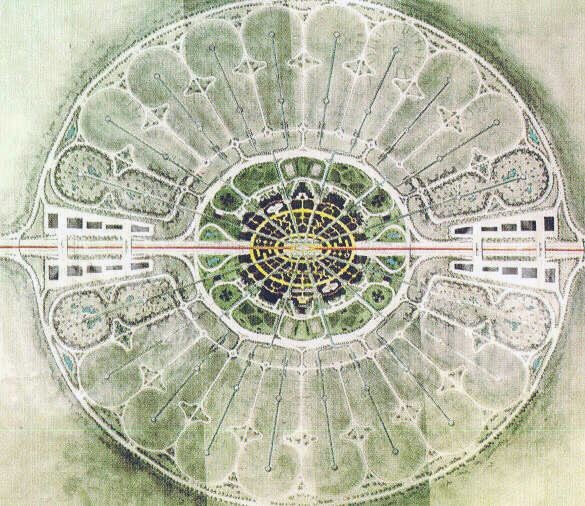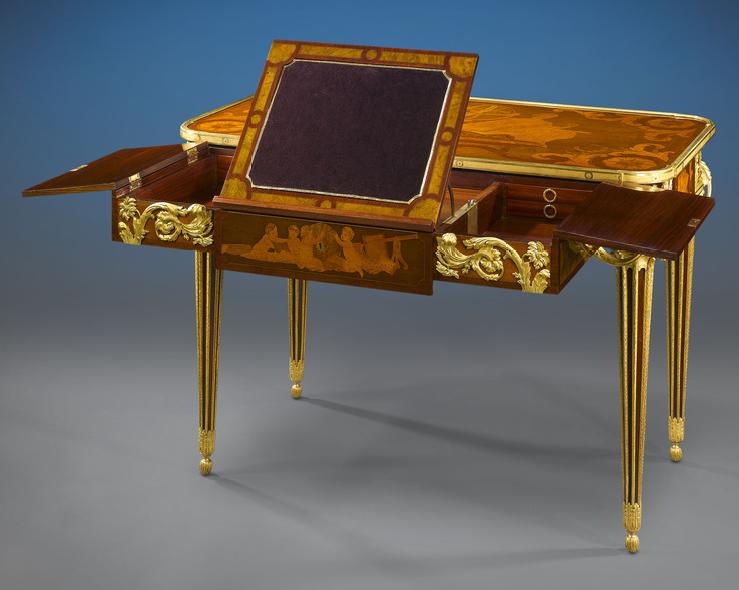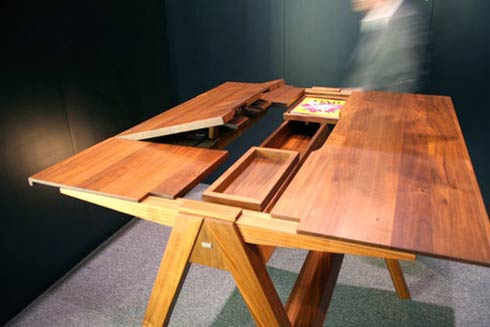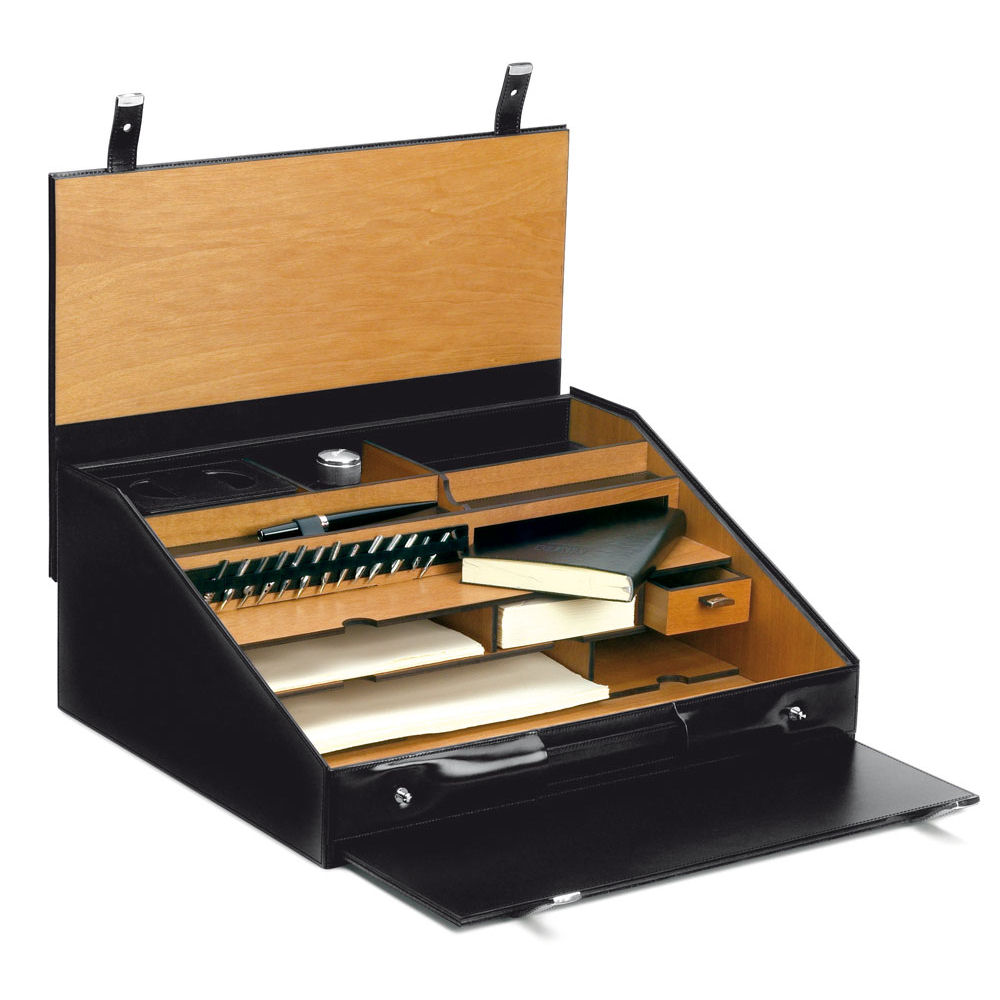
Third in the series of indeterminate length, Recolonizing Detroit
Calling Paul Romer’s charter cities, “OCP-like company towns” is unfair. The towns presumably would be run like any other city controlled by colonial power; or at least like any other city occupied by the colonial power (i.e the indigenous population kept out of the highest reaches of power). However there once was a plan for a real Delta City: Walt Disney’s EPCOT. A state of the art, centrally planned town, where every resident would be an employee of the Walt Disney Company (retirees would be evicted), and no one would own – nor control – their own residences. (See Walt Disney tout EPCOT at the 9:10 mark.) The town would be run by the board of directors of the Walt Disney corporation, presumably with Walt himself as feudal lord. Anti-democratic?, Well as the OCP President said in RoboCop 2, “Anybody can own a share [of OCP]. What could be more democratic?” (Funny how often rabid anti-communists aren’t exactly democracy’s biggest supporters, isn’t it?)
EPCOT never got off the ground, and instead turned into a rather dreary part of Walt Disney World with a giant golf ball for a center piece. Even when I saw it in 1989, it seemed like the fabulous future of 1992 circa 1982. (A robot that can draw pictures! A computer that plays music! Zounds!) The Experimental Prototype Community of Tomorrow didn’t completely die though. In 1996, it spawned Celebration, Florida, a town centrally planned by the Walt Disney Corporation.
Celebration, is planned according to the New Urbanism school. You may recognize this style from the town in the Truman Show, Seaside, Florida. Personally, I find the towns repugnant. The faux-small town feel, the “rustic” municipal architecture. It’s so saccharine. It’s Stepford, Connecticut. They leave me with impression zoning laws and homeowner associations that preoccupied with maintaining soul crushing conformity. Yet, I find the goals of walkable and picturesque towns enviable. It’s the idea of a master plan that bothers me, rather than towns simply being organic. I think this, but I ironically live in a country where pretty much every town was centrally planned to at least some extent.
It is obvious that Romer’s charter cities would be master planned communities, after all he posits that that new cities spring forth from undeveloped land relatively quickly. In order to do this, someone will have say what gets built and where. Unfortunately, whenever I think of new construction lots, I think “stifling.” Houses built every two feet, all with the same floor plan and different permutations of the same three architectural choices. (Do you want your door solid, or with an oval window? Dormers or no? White or cream? Rollaway basketball rim on the left or right side of driveway? No I’m sorry, nothing permanent can be attached to the front of the house. We must think of the property values you know!) Worst of all, since HOAs aren’t the government, you have no protections, no representation, and no benefits, all for the low price of $250 and three headaches a year.












